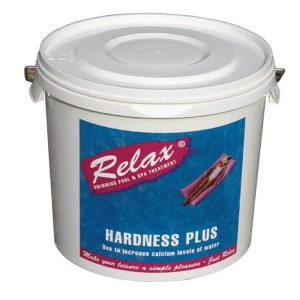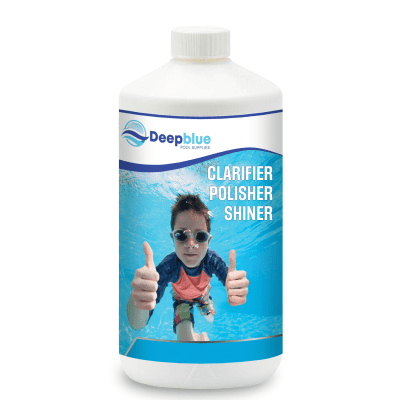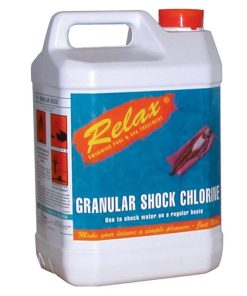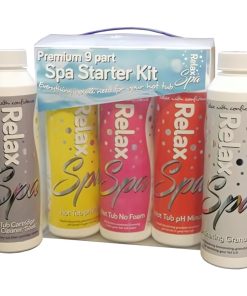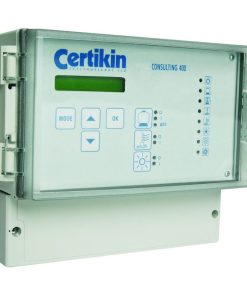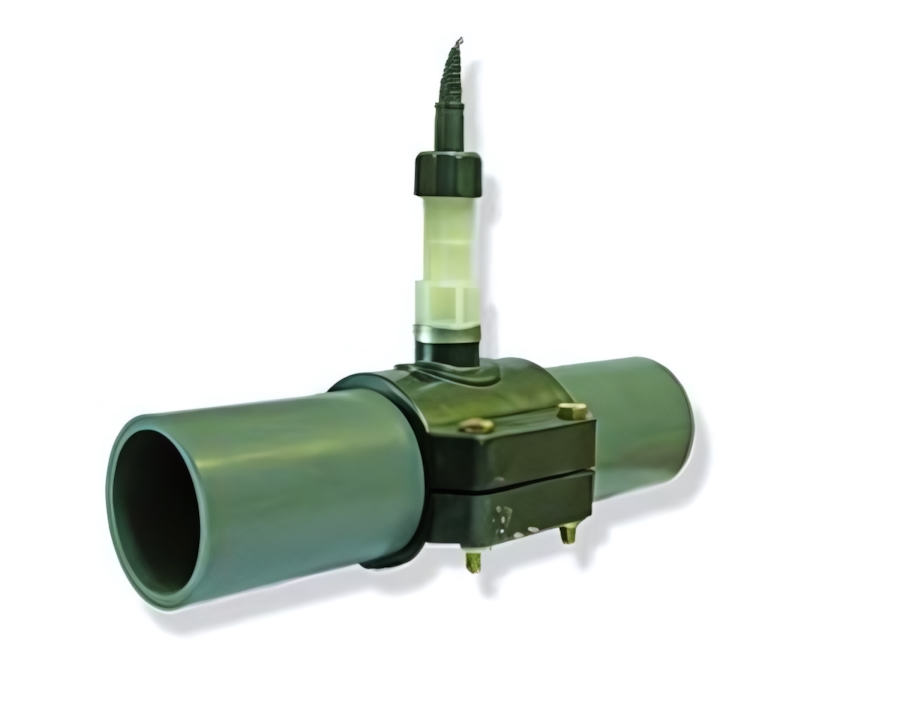Blogpool, Chemicals, Hottub, Water Testing
The Role of Alkalinity in Hot Tub Water Chemistry
Total alkalinity is very important to the water chemistry of your hot tub. By understanding alkalinity, and how it affects pH, you will be able to provide yourself with a safe and enjoyable experience. This blog post will go over what alkalinity is, what the ideal levels are, how to test and adjust it, and why it is important in the maintenance of the hot tub.
1. What is Total Alkalinity?
Total alkalinity is the measure of the water’s resistance to pH change. It acts as a buffer that keeps pH levels constant and prevents them from rising or falling too quickly, which can cause discomfort or damage.
2. Ideal Alkalinity Levels for Hot Tubs
The total alkalinity of hot tub water should be between 80-120 ppm. There are many reasons why it is important to maintain alkalinity in this range:
pH Stability: Right alkalinity means that pH will be more stable and easier to control.
Comfort: The right alkalinity levels will help prevent skin and eye irritation from users.
3. Testing Total Alkalinity
Testing the total alkalinity is a regular necessity in order to achieve proper water chemistry. Here’s how to test your hot tub water effectively:
Use a Test Kit: Purchase a test kit or strips that are able to measure the total alkalinity.
Frequency: The water should be tested at least weekly, or more often if the hot tub is used heavily or has been used a lot recently.
4. Adjusting Alkalinity Levels
If your test results indicate that the total alkalinity is too high or too low, then you must take action:
Raising Alkalinity: If the alkalinity is too low, you should add an alkalinity increaser (sodium bicarbonate). Follow the directions on the product label for how much to add to your hot tub water.
Lowering Alkalinity: If the alkalinity is too high, then you can use a pH decreaser (sodium bisulfate) in small increments until the desired level is reached.
5. Signs of Imbalanced Alkalinity Levels
It is helpful to know the signs of alkalinity levels being out of balance in order to catch any problems early on.
Low Alkalinity Symptoms: If the alkalinity is too low, users may experience rapid pH fluctuations, skin irritation, and discomfort.
High Alkalinity Symptoms: If the alkalinity is too high, users may notice cloudy water, scaling on surfaces, and difficulty adjusting pH levels.
6. The Relationship Between Alkalinity and pH
Learning about the relationship between alkalinity and pH is important for the proper control of water chemistry.
pH Buffering: Alkalinity functions as a buffer to pH. High alkalinity can stop pH from getting too low, while low alkalinity can cause pH to fluctuate rapidly.
Testing Together: Testing alkalinity and pH levels together is important in order to make sure that both are balanced for the best water quality.
7. Regular Maintenance Tips
Besides alkalinity balancing, regular maintenance will help your hot tub stay in excellent shape.
Clean Filters: The filters should be cleaned or replaced every now and then to keep the water flowing and clear.
Change Water: Every 3-4 months, or as needed, drain and refill your hot tub.
8. Impact on Hot Tub Components
Hot tub components can be negatively affected by improper alkalinity levels.
Corrosion: Low alkalinity can lead to rapid pH fluctuations, which may cause corrosion of metal parts and damage to equipment.
Scaling: High alkalinity can cause scaling on surfaces and components, which may reduce water circulation and heating efficiency.
9. Preventing Alkalinity Fluctuations
To stop alkalinity from fluctuating, follow these tips:
Regular Testing: Check the water regularly to monitor for any changes in alkalinity levels.
Bather Load: The number of people in the hot tub can influence alkalinity levels. After heavy use, be ready to test and adjust if necessary.
10. Summary
Total alkalinity in your hot tub is crucial for safety, comfort, and enjoyment. Testing and adjusting the water regularly, as well as proper maintenance will help you keep your hot tub water sparkling clean and inviting. With knowledge of alkalinity in hot tub chemistry, you will be able to provide yourself and your guests with a pleasant soaking experience. If you need any of the chemicals or tools mentioned please check our website or contact The Pool Cleaners’ friendly support team for adviceSome products you might be interested in:



